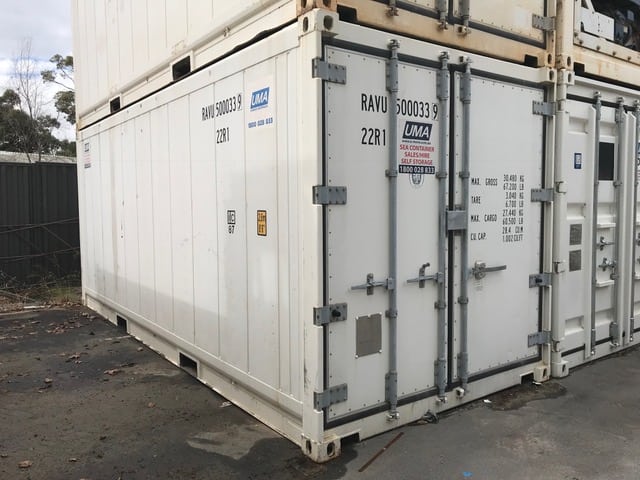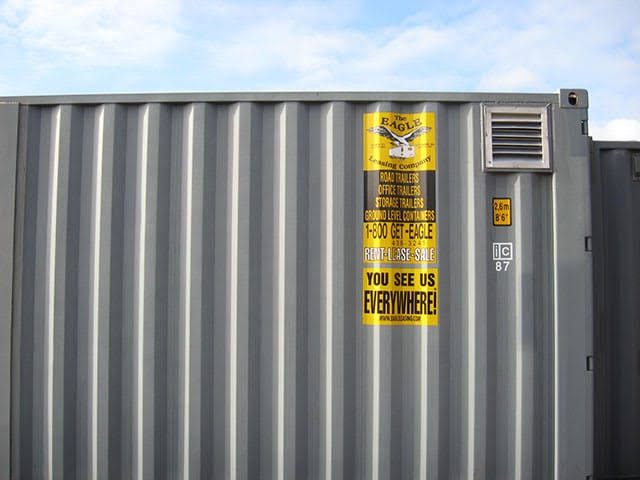
Benefits of Shipping Container Living
In recent years, the world has witnessed a growing interest in sustainable living solutions. One innovative approach that has gained momentum is the use of shipping containers as alternative dwellings. Beyond their practicality and affordability, shipping container homes offer a range of environmental benefits that contribute to a greener, more sustainable future. In this article, we delve into the environmental advantages of shipping container living, shedding light on how this trend is shaping a more eco-friendly way of life.
1. Recycling and Repurposing
Shipping containers, originally designed for transporting goods across oceans, find a second life as homes. By repurposing these steel giants, we are not only preventing them from becoming environmental liabilities but also reducing the need for new construction materials. This eco-friendly approach significantly decreases the demand for timber and other resources, making it a sustainable choice for housing.
2. Energy Efficiency
Container homes boast excellent energy efficiency due to their compact size and design. Their small footprint requires less energy for heating, cooling, and lighting, making them inherently more energy-efficient than traditional homes. Additionally, modifications such as installing solar panels on the container’s roof can further enhance the sustainability of these dwellings, turning them into self-sufficient, off-grid residences. For more articles, information, and resources about exploring the environmental benefits of shipping container living, check out https://www.e-architect.com/articles/shipping-container-restaurants-and-cafes/.
3. Reduced Construction Waste
Traditional construction projects often generate a considerable amount of waste, contributing to landfills and environmental degradation. Shipping container homes, being modular and pre-fabricated, produce significantly less construction waste. The controlled environment of a factory ensures precise measurements and reduces the likelihood of errors, minimizing the need for excessive materials and the subsequent waste associated with conventional construction methods.

4. Water Conservation
Container homes can be designed to incorporate rainwater harvesting systems, contributing to water conservation efforts. With proper planning and implementation, these homes can collect and store rainwater for various domestic uses, reducing dependence on traditional water sources. This not only saves water but also promotes a more sustainable approach to residential water management.
5. Adaptability and Mobility
The adaptability of shipping container homes aligns with the principles of sustainability. As these homes can be easily transported, they provide the opportunity for individuals and communities to embrace a nomadic lifestyle. This flexibility not only reduces the need for permanent structures but also promotes a more dynamic and responsive approach to environmental changes.
Conclusion
In conclusion, exploring the environmental benefits of shipping container living reveals a promising avenue for sustainable housing solutions. From recycling and repurposing materials to energy efficiency and water conservation, these homes offer a holistic approach to reducing the environmental impact of residential living. As the world seeks innovative solutions to address the challenges of climate change, shipping container living emerges as a viable and eco-friendly option.
